
Tilting the landscape of kinetic architecture with Tim Phillips
Tilting the landscape of kinetic architecture with Tim Phillips
Share
Through their innovative approach, Tilt Industrial Design’s work on large-scale community and corporate projects has helped to foster atmospheric inclusivity. Concluding Australian Design Review’s (ADR) focus on designing for functionality in workplaces and education settings this month, we’ll take a look at what makes a space both practical and adaptable in responding to the interior and exterior environment.
How can a simple tilt revolutionise the way we experience our surroundings? Tilt Industrial Design managing and creative director Tim Phillips leads a team of industrial designers and mechanical and mechatronic engineers to reshape urban spaces and places. Their specialisation is kinetic architecture — using design to allow buildings to move and function.
With an increasingly heightened obligation for buildings to comply with particular performance specifications, Tilt aims to provide projects with both functionality and efficiency without detracting from the grand creative vision of the architects.
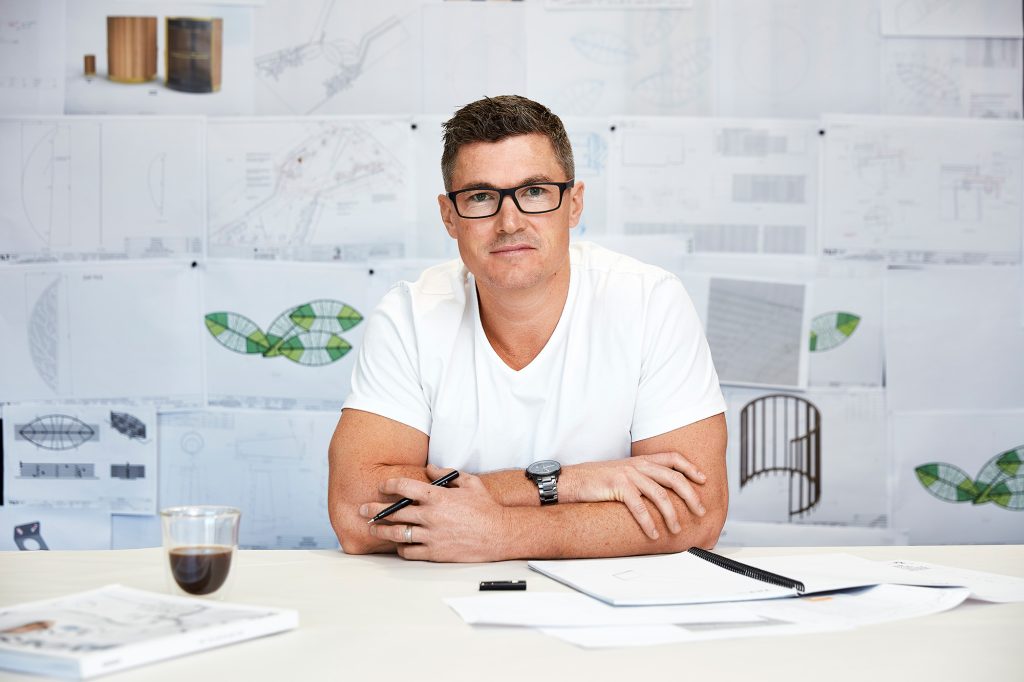
Phillips’ background lies in industrial design. Inadvertently involved in the development of a few architectural projects saw Phillips capitalise on a “great opportunity to use (his) diverse skill set to complement architects”.
In filling a gap between the creative ambition that an architect or artist has and the delivery of a project, Tilt stands at the forefront of the increasingly important Australian sector of kinetic architecture.
PHIVE
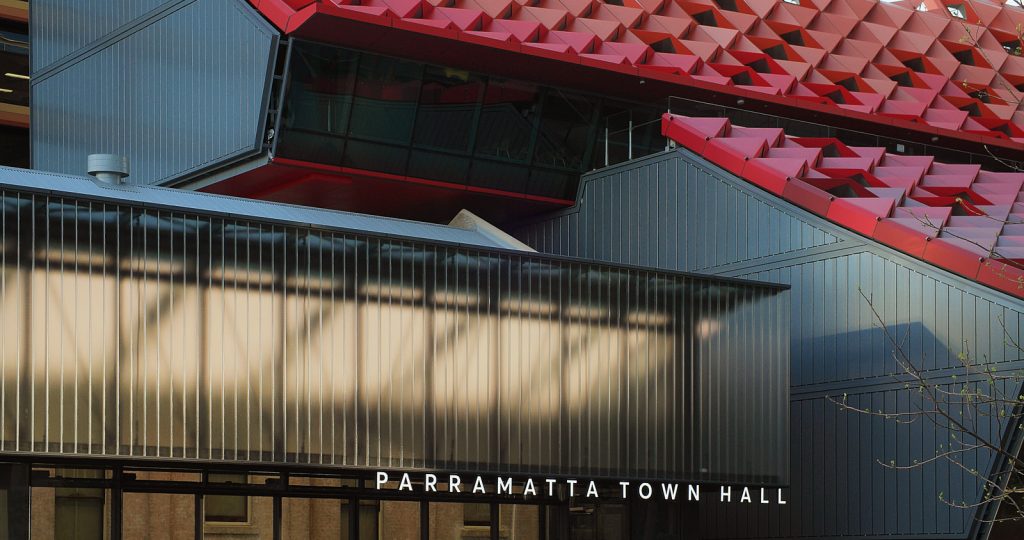
The design firm’s expertise in enhancing both the functionality and aesthetics of architectural buildings by seamlessly integrating exterior elements inside is exemplified in their remarkable work on PHIVE – a multipurpose structure fitted with custom-designed and automated sun-shading louvres by Tilt.
Located in Parramatta, this bold and striking engineering icon serves as an important space for the local community that simultaneously delivers exceptional environmental performance.
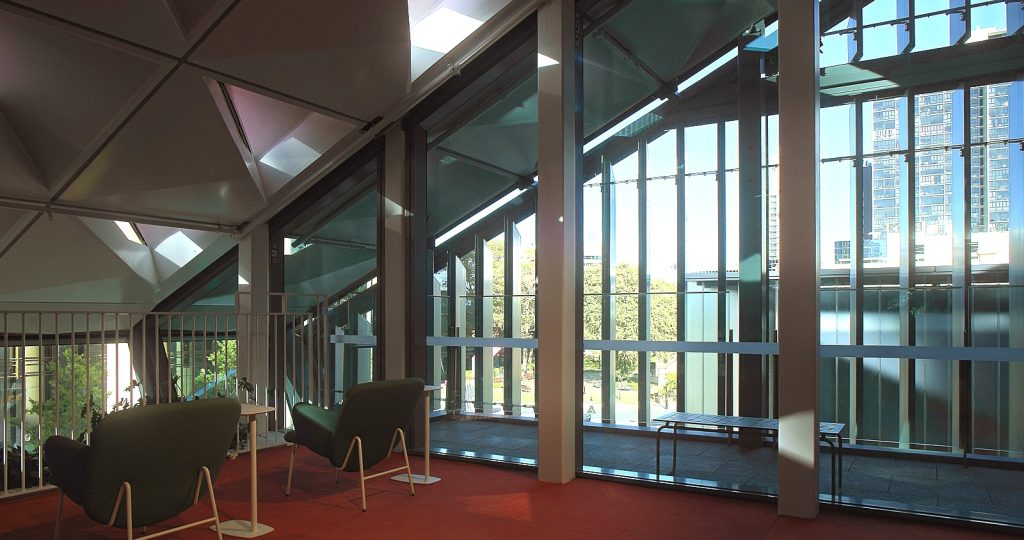
Phillips doesn’t see the scale as the most interesting part of the project but rather the “design complexity and challenges posed”. In the case of the Parramatta Town Hall, the primary objective was to ensure complete sunblock on the western facing facade of the structure. The reasoning is intricately human-oriented. By mitigating solar rays, PHIVE not only enhances interior comfort by reducing heat load but also fosters more productive workspaces by eliminating glare from direct sunlight.
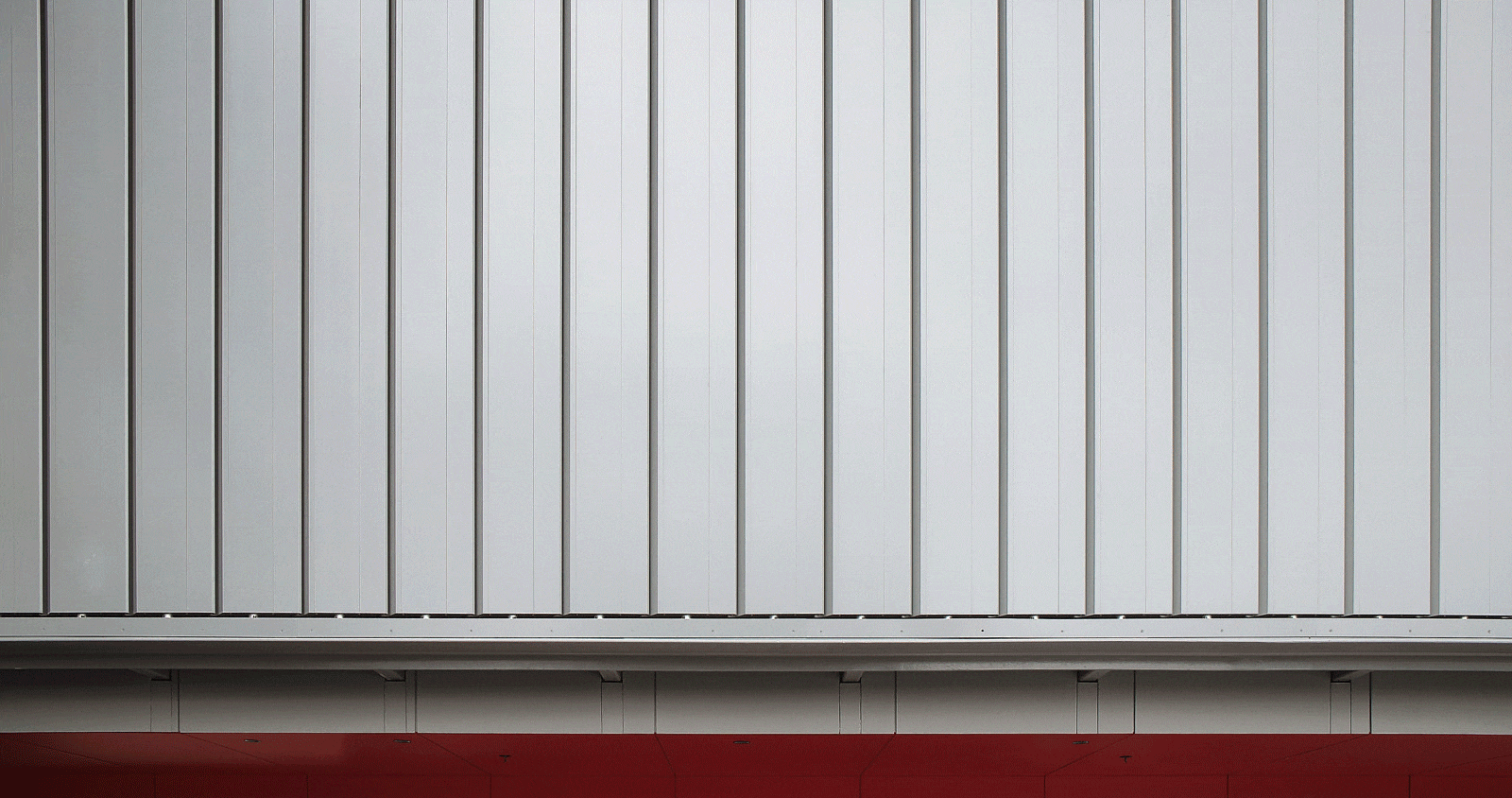
PHIVE’s unique curved and triangular exterior design meant that no standard hardware would suffice. Consequently, Tilt was tasked with developing a custom system tailored to the building’s unique requirements that leveraged the effectiveness and reliability of proprietary equipment. “While a lot of the hardware used might be standard, it’s very much an entirely bespoke design process as the louvres are all meticulously unique in their geometry,” says Phillips.
From concept to reality
In tackling the formidable task of balancing compliance with architectural ambition, Phillips emphasises the importance of avoiding the need to constantly reinvent the wheel. “We have no products to sell,” he says. “Instead, we offer clients a process that will provide a solution to a design challenge posed.”
The Tilt team operates a workshop in which both prototyping and testing are undertaken. While overseeing the production stage, the firm delegates the actual fabrication to other specialist leaders in their respective fields. This approach allows Tilt to focus its resources on developing innovative methods and products tailored to each project’s distinct requirements.
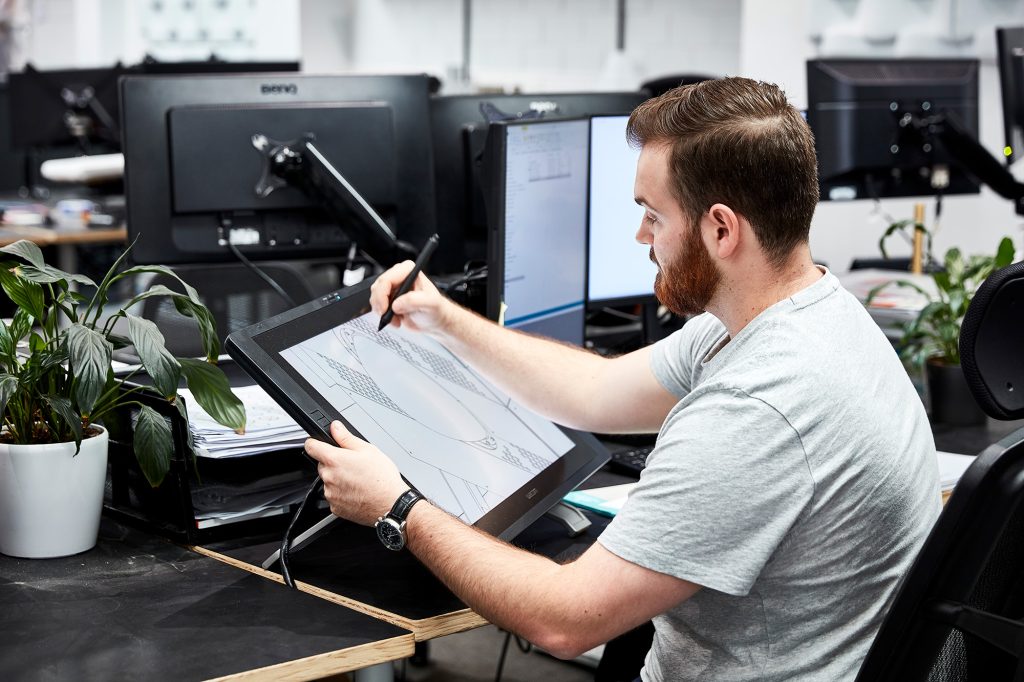
By exploring both domestic and offshore manufacturing options as well as an unrestricted range of materials, Tilt ensures that the creative freedom of the architect isn’t inadvertently constrained by bias. “We just want the best outcome for each project.”
Bringing a multitude of resources and materials together to form a cohesive final development is a fundamental principle of industrial design. Applying this to architecture is where Phillips’ background and expertise shine.
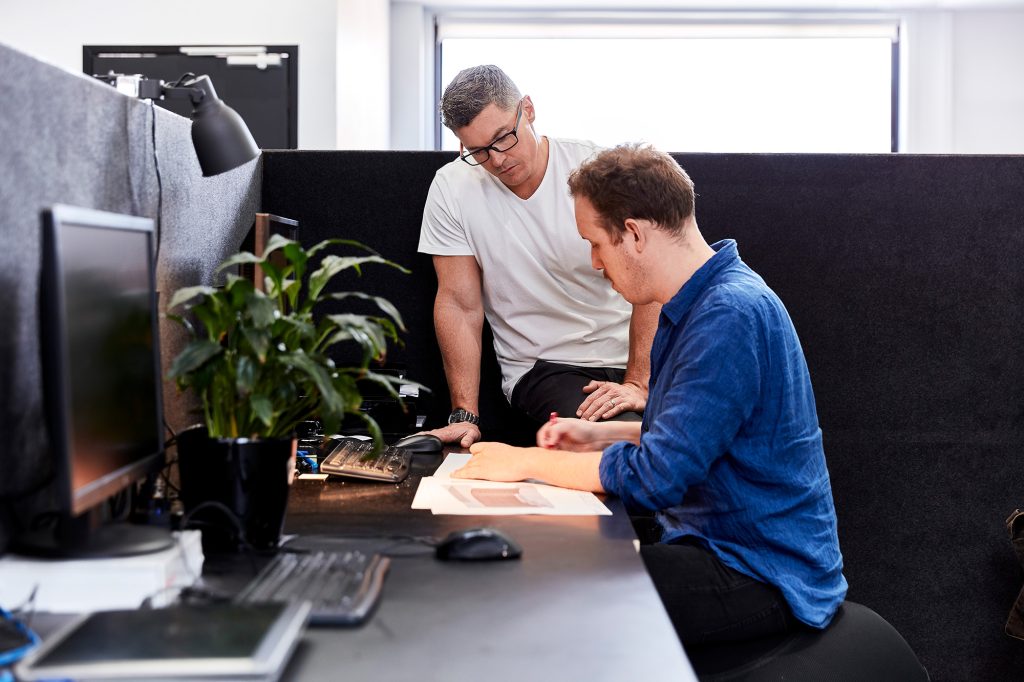
Backed by a diverse multi-disciplinary team of specialists ranging from mechanical, electrical and mechatronic engineers to industrial designers and architects, each member of the Tilt Industrial Design team has a defined role to play in conceptualising and delivering the complex systems that traditional construction trades cannot achieve.
UTS Central
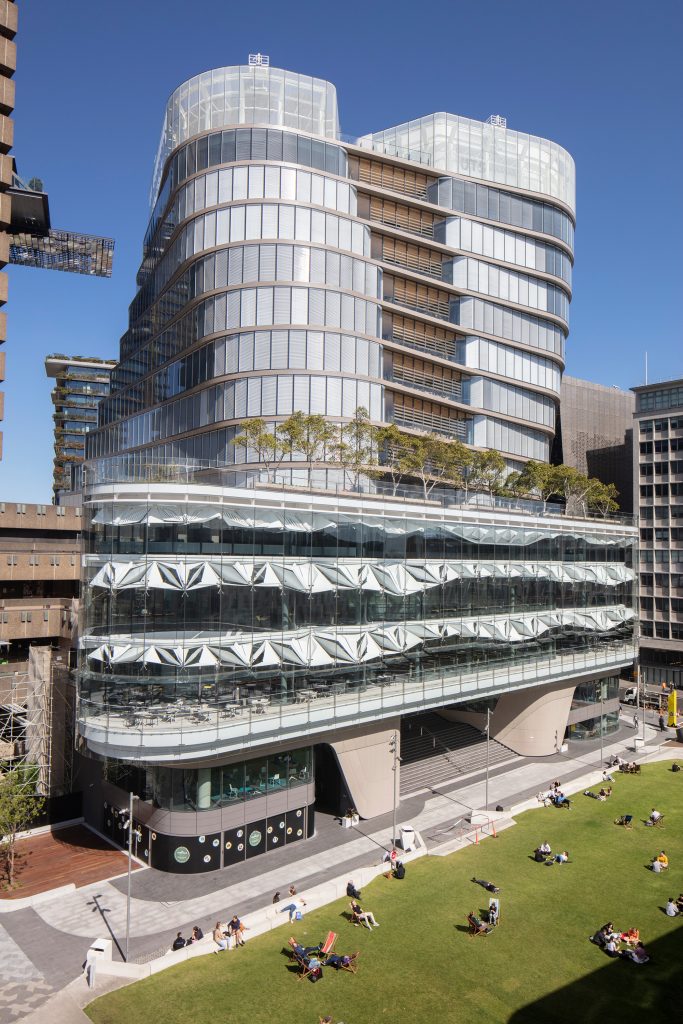
The UTS Central project is another exemplary example of kinetic installations allowing for optimised internal conditions. Unlike conventional fixed louvre blade systems, which are only optimal for one time of day during a particular time of year, UTS employs a mobile pivoting sun-shade system that actively responds to hourly-changing conditions. This unique opportunity to optimise a structure’s ecosystem is “really valuable from an architectural perspective”, says Phillips.
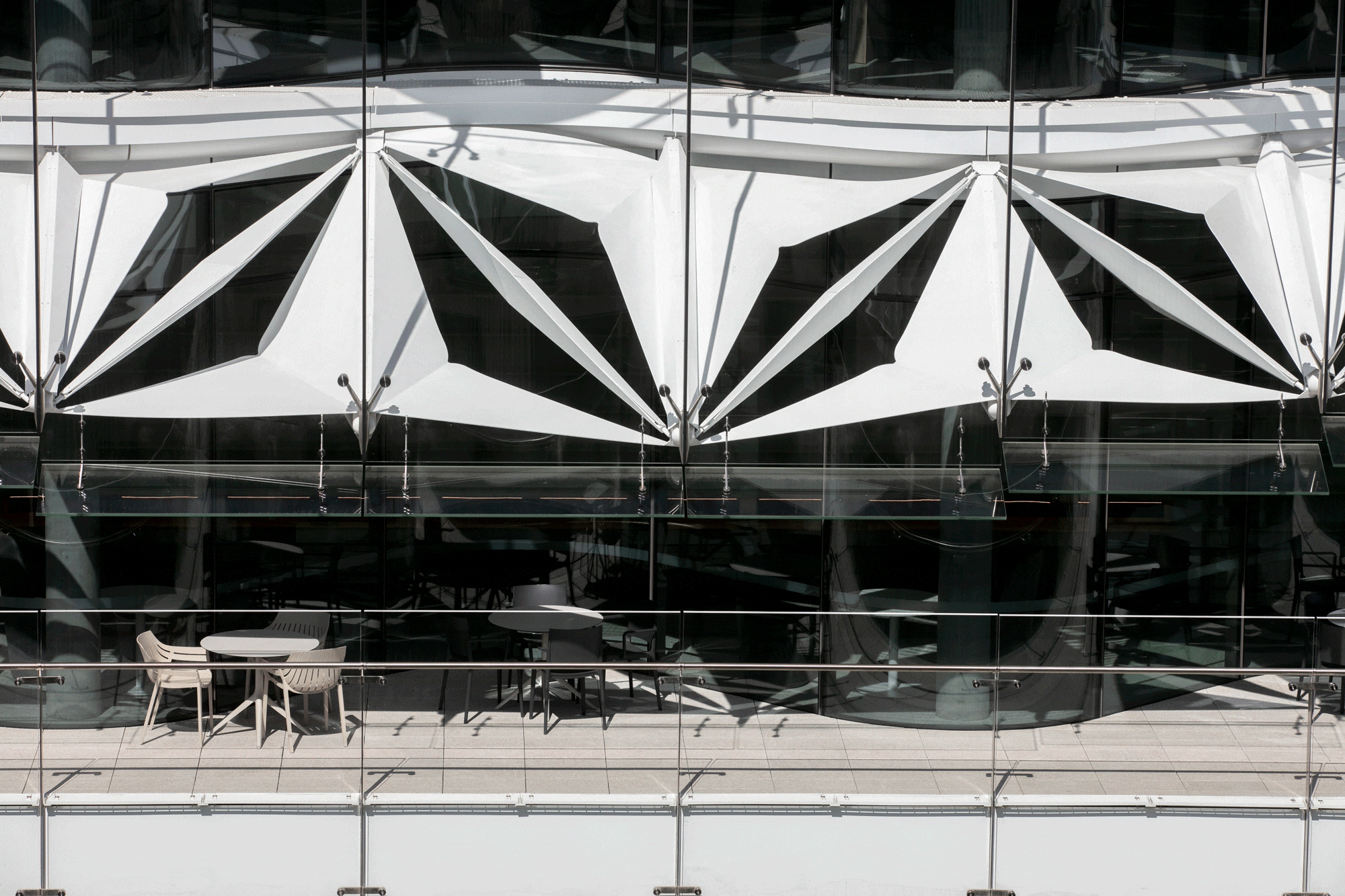
With automation becoming an incredibly important element of modern buildings, ADR sought Phillips’ views on rapid technological shifts. “One strategy Tilt employs is to identify existing technology and repackage it for the architectural market,” he explains. This approach ultimately reduces the client’s risk and enhances reliability by redeveloping already highly-resolved products.
“For UTS, we took an existing standard motor used to electrify roller blinds, then adapted it with bespoke cladding,” Phillips elaborates. While he acknowledges that this is a major simplification of the entire process, he notes that this ideology is what he always understood ‘innovation’ to be. “It’s not invention, it’s the application of existing technologies into a new market,” he says.
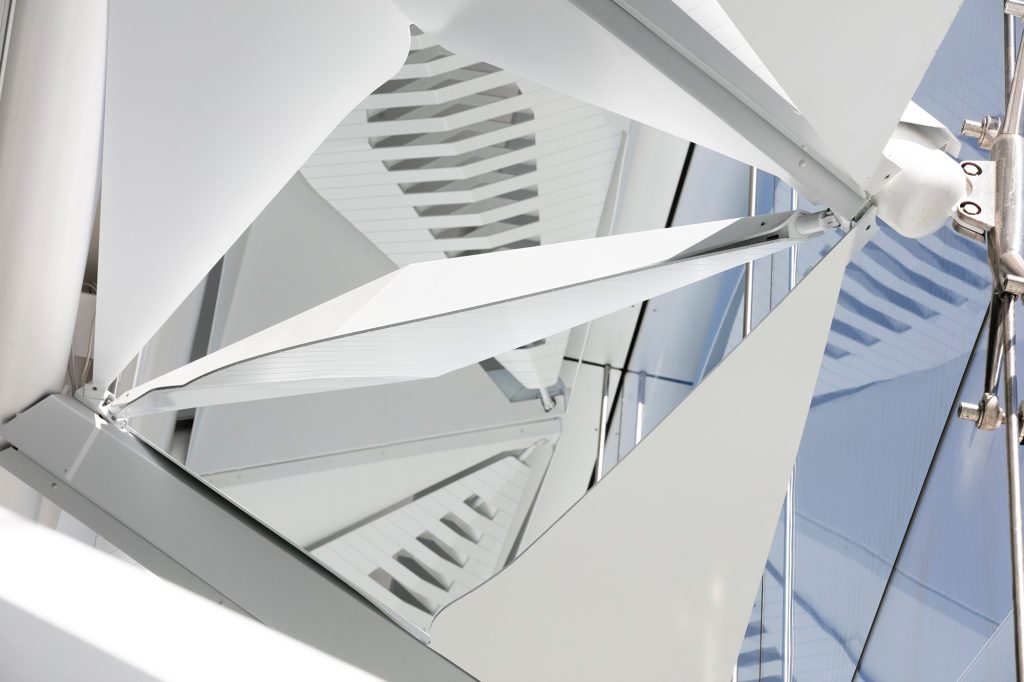
Human-centric design
Phillips sees buildings as products – only “people are inside of them rather than holding them”. “As industrial designers, human-centric design is at the heart of everything we do,” he says. “It leads to the development of the brief – it’s what the human experience is meant to be like that drives our design.”
Tilt examines the exchange between humans and a product to formulate a tactile, audible and visual experience in the control of a building. In designing for users, the firm must consider both the level of comfort and the level of control over the environment that the patrons desire. The ultimate goal is to “enhance the user experience” by delivering the flexibility and functionality to achieve this.
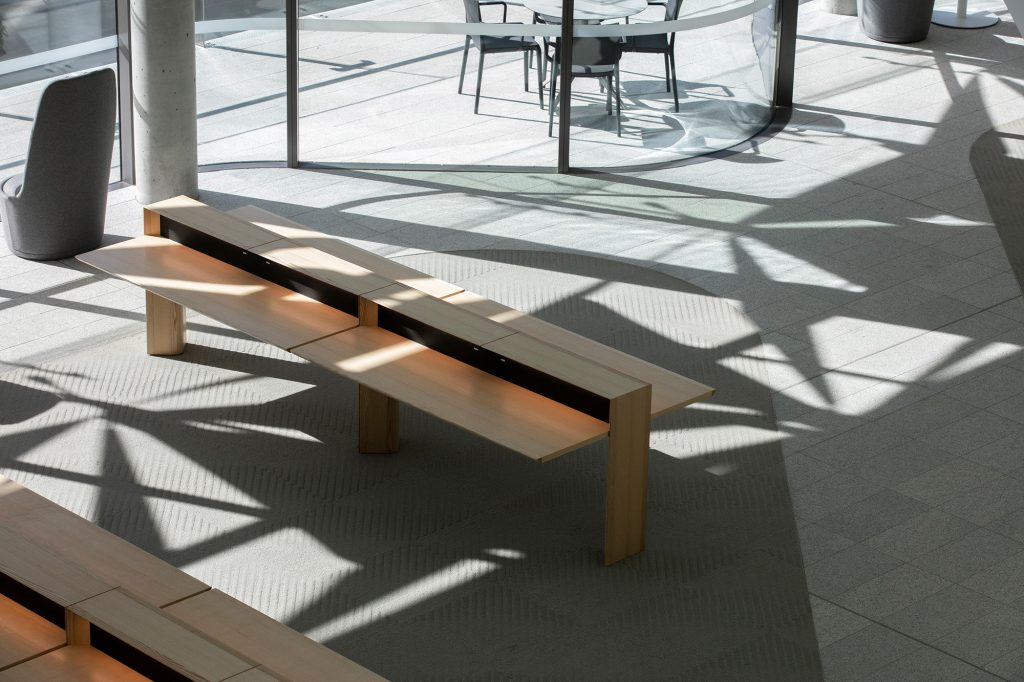
With sun shading, Tilt considers every detail. If a button is pushed to reduce glare or to mitigate sunstrike on a workspace, then efficiency must be factored in. The system must “reward the user quickly otherwise frustration will occur”. By considering the user experience from the outset and incorporating this criteria into what Phillips calls “the basis of design”, Tilt ensures that the outcome is user-friendly and intuitive. Without this, functionality is hindered.
The power of interdisciplinary teamwork
In delivering design-driven outcomes that uplift and enhance lives, Tilt’s skills and expertise are evident in enhancing workplace and community spaces such as PHIVE and UTS. Both projects offer innovative levels of control over form and function without compromising on aesthetic pursuit or the designer’s ambitions.
While the origin of the idea lies with the architect, it is the collaborative effort between this vision and Tilt Industrial Design’s suite of design tools and experience that brings concepts to reality. These types of partnerships exemplify true collaboration between creatives, demonstrating the power of interdisciplinary teamwork in realising architectural innovation.
PHIVE photography by Sara Vita.
UTS photography by Brett Boardman.
Tilt team photography supplied by Tilt Industrial Design.
Explore Melbourne’s first retractable roofing system completed by Tilt Industrial Design.
You Might also Like
























